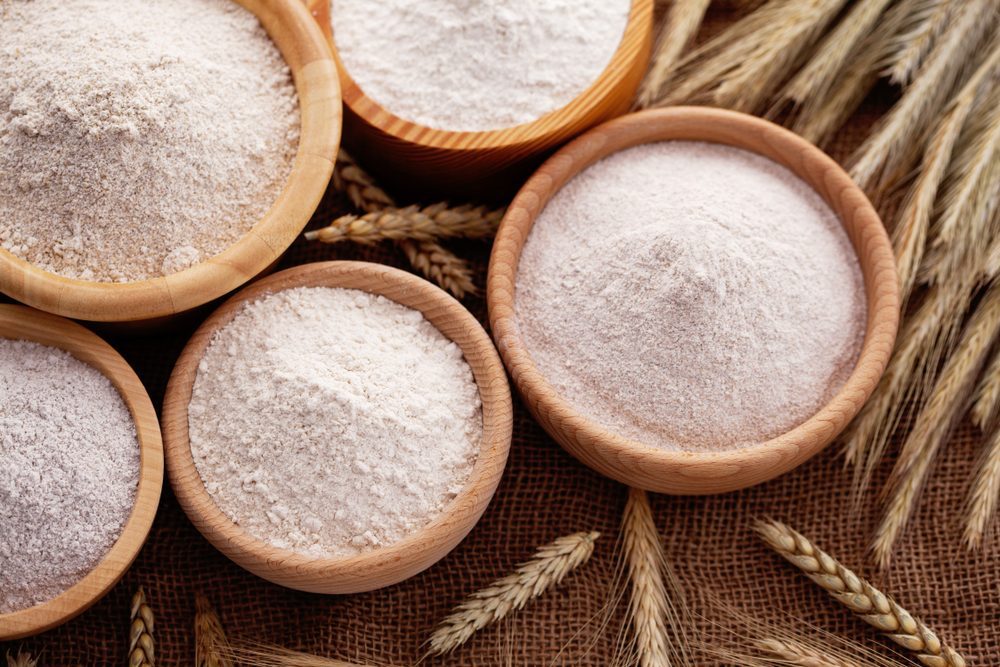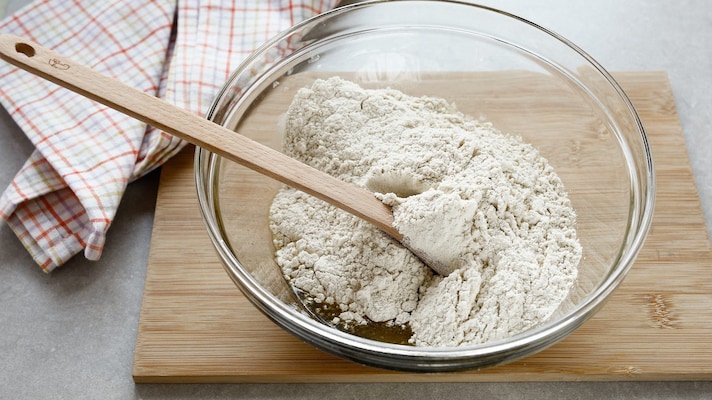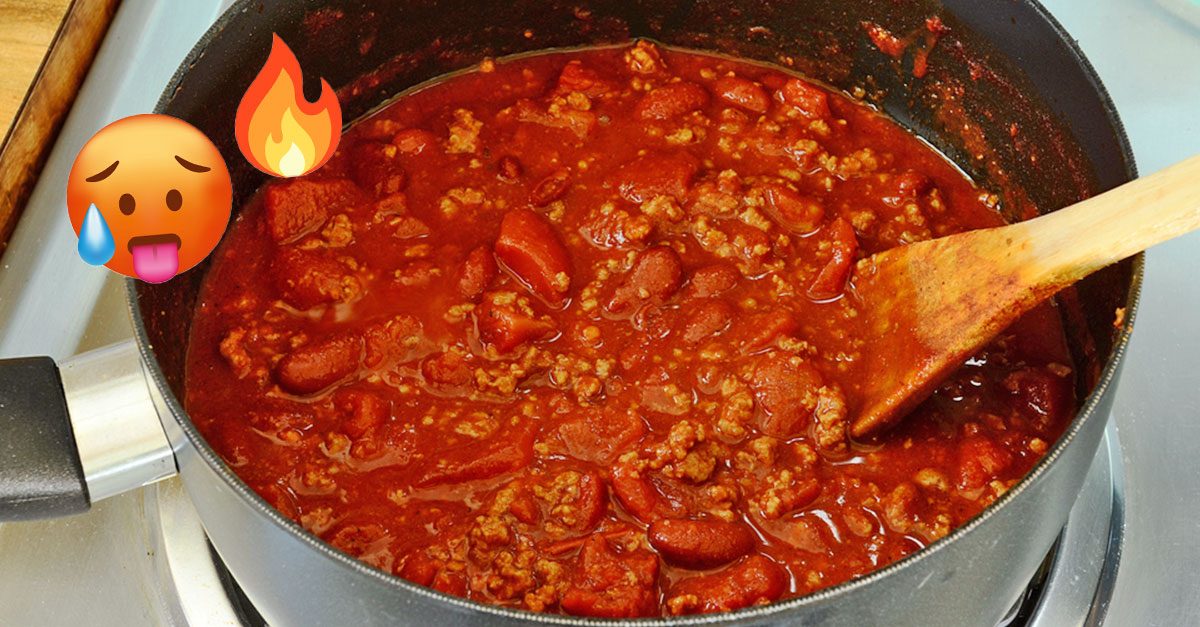Why Do Some Flours Cost More Than Others?
Among the different varieties of flour available on the market there are also artisanal ones with selected raw materials, processed with traditional methods and marketed in green packaging, with higher production costs.
;Resize,width=742;)
In the supermarket, in specialized shops and even online, the "shelves" dedicated to flour certainly do not go unnoticed: there are now so many options, from white to wholemeal, through semolina and gluten-free, everyone can find the most suitable product for each preparation. Flours, in fact, are not all the same: they have different origins and characteristics, from strength to flavor, through nutritional properties, intended uses and price. The latter can vary considerably, especially when it comes to craftsmanship, with processes that aim to enhance the territory starting from a selected and carefully treated raw material, which also leads to a higher cost for the final consumer. Let's see in more detail what are the main reasons that make the price of flour vary.
Artisanal and Industrial Flours
Industrial flours are by their nature produced on a large scale to be present in most supermarkets and, in general, in large-scale distribution in considerable volumes. At the base, there is therefore a search for raw materials, processing and distribution that can satisfy this type of need. Artisan flours, on the contrary, having as their aim that of creating a product that reflects certain values (for example the rediscovery of ancient grains, the choice of traditional processing methods, such as stone milling, the use of organic) have as their objective quality over quantity, with an increase in costs at the start that is also reflected on the consumer.
Type of Raw Material
The final cost is a consequence of the raw material used in terms of type and impacts not only artisanal flours, but also industrial ones. Wholemeal or semi-wholemeal flours (such as 1 and 2) of soft wheat are in higher price ranges than 00 or 0, the refined ones, as they have a lower production yield. At the same time, even opting for more valuable or rarer cereals (such as Senatore Cappelli), niche varieties (burnt wheat), as well as alternative substitutes such as buckwheat, means finding flours on sale at a higher price, as the upstream costs are higher.

Origin of The Grain
Probably never before have we realized the fluctuations in the price of wheat on the market, as in recent years, thanks to the conflict in Ukraine, which have also had an effect on the cost of flour and all its derivatives. In fact, U.S. does not only use 100% made in U.S. wheat, as the wheat has always been insufficient to cover all the needs of the industry, especially the pasta industry. The largest arrivals are from Canada, Mexico and Italy and, as has been reiterated several times, they are not synonymous with worse quality.
Packaging and Sustainability
Packaging can also affect the cost of flour. For example, products that are part of the organic supply chain pay great attention to packaging, making it compliant with this philosophy: green and recyclable containers are more expensive for both companies and those who use them. Furthermore, some artisan flour brands, to enhance the concept of uniqueness, give the packaging an exclusive character through attention to aesthetics, involving local artists or designers, creating limited and always different editions that imply a greater commitment also from a financial point of view, especially when talking about small businesses.
;Resize,width=767;)

;Resize,width=712;)

